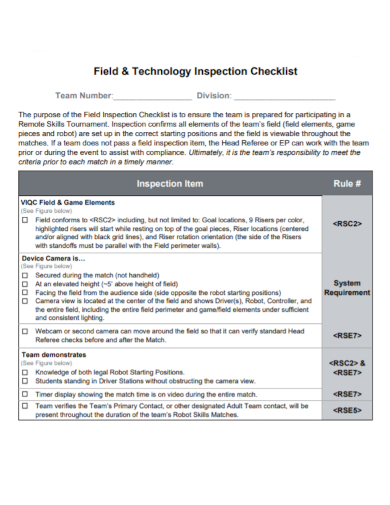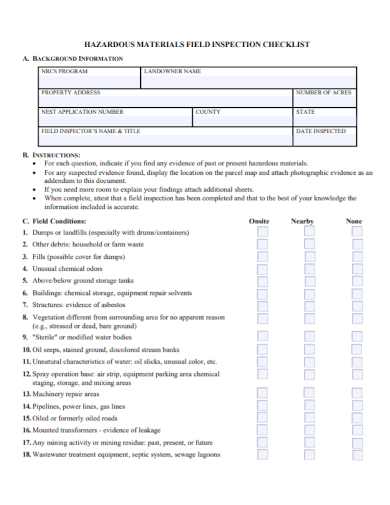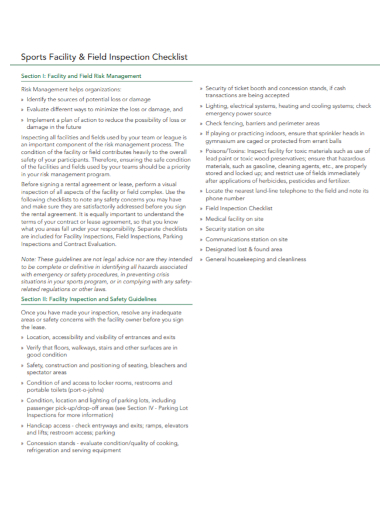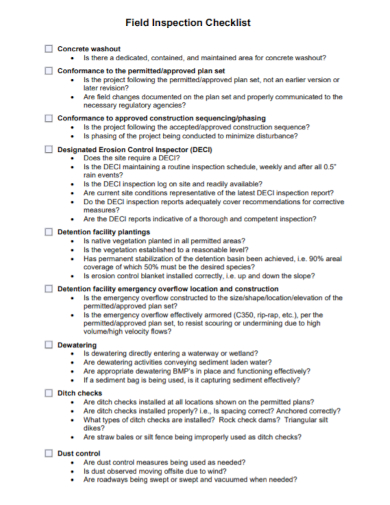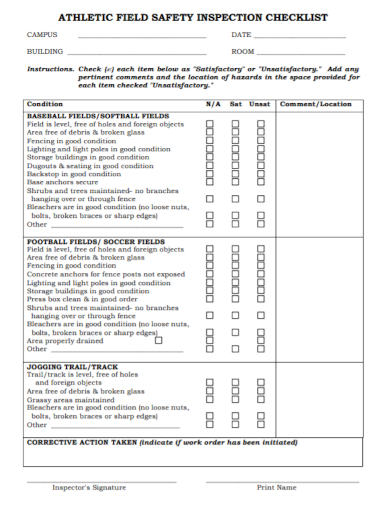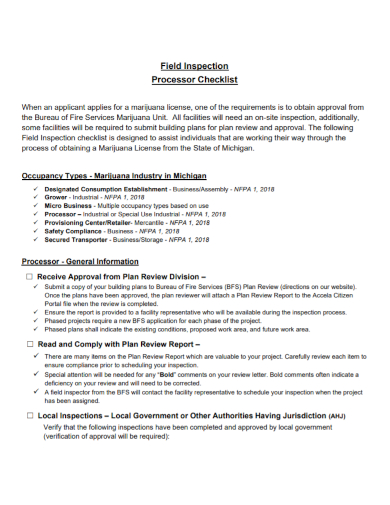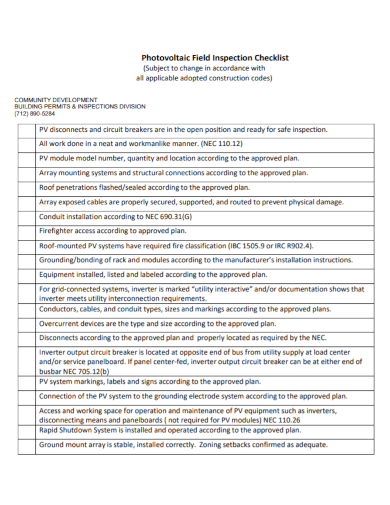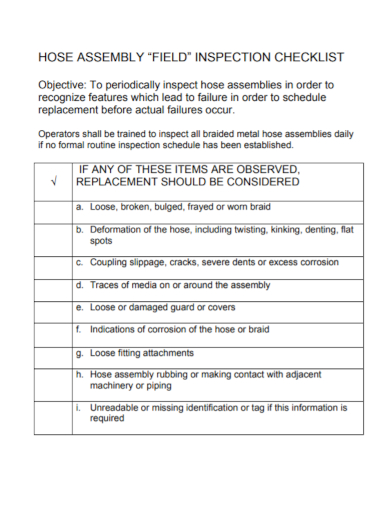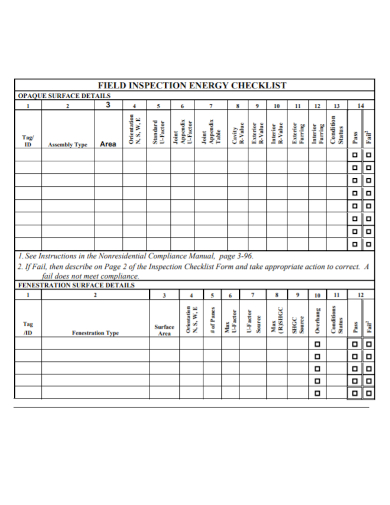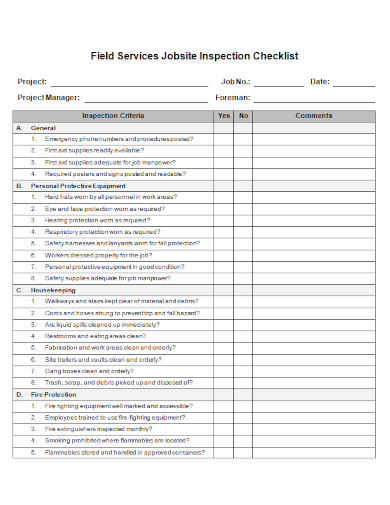Workplace and environmental safety should be paramount in every worksite in the world. Regardless of shape, type, and scale, workers have a legal right to be safe at work, no matter the environment that they are working with, and employers are only right to make sure that it is so. In the agricultural industry and other industries that operate with wide open spaces, one way to ensure the safety of every individual that might interact with them is to conduct a field inspection. It’s important that the environment that workers and other individuals like clients and athletes provide that sense of safety and security for their day to day activities. Not only does that protect the welfare of the people in and around your business environment, it also keeps operations running smoothly by avoiding accidents that could hinder your whole operation.
Aside from well established safety and emergency plans, fire plans, or evacuation plans, your should have another system in place to support these safety plans to further ensure the safety and security of your people and your business operations. Making sure that these systems are constantly followed, up to regulation, and that these policies are actually effective. A routine inspection these components in the field should make sure that every component in and around your work environment is up to date, working properly, and actually provides workplace safety. Inspections are just as important as the systems you’ve put in place. To further support this endeavor, every inspections come with inspection checklists. Check out these field inspection checklist samples that we have listed down below. Once you’ve gotten a good grasp of the document, what it looks like and how it works, feel free to use these samples as guides or even as templates for your own field inspection checklist.
10+ Field Inspection Checklist Samples
1. Field Inspection Checklist
2. Field Technology Inspection Checklist
3. Hazardous Material Field Inspection Checklist
4. Sports Facility Field Inspection Checklist
5. Sample Field Inspection Checklist
6. Athletic Field Safety Inspection Checklist
7. Field Inspection Processor Checklist
8. Photovoltaic Field Inspection Checklist
9. Assembly Field Inspection Checklist
10. Field Inspection Energy Checklist
11. Field Services Jobsite Inspection Checklist
What Is a Field Inspection Checklist?
Inspection checklists are tools usually used by safety officers or inspectors to perform critical safety examinations in the field. It covers every aspect of the work environment that is involved in and around every work related operation. A checklist ensures that the inspections conducted goes smooth and well by establishing a guideline for each component that needs to be covered during the inspection. The checklist can thoroughly assess the safety of the environment and proactively address hazards that could lead to fatal but widely preventable work related incidents. With the aid of a well drafted inspection checklist, safety inspectors and supervisors should be able to examine all activities and variables that could potentially lead to a safety hazard. Field inspection checklists should be specific to the nature of work or operation conducted onsite.
What Should Be Included in a Field Inspection Checklist
Inspection checklists should be specific depending on the nature and operations done on site. The best inspection checklist to make is those that cater to the immediate needs of the workplace, the employees, and the environment. Some facilities might focus on fire safety, emergency evacuations, ergonomics, PPEs, racks and shelving, manual handling, machinery operations, and signage. Whatever shape or form the inspection checklist might be, make sure that you leave enough space for the inspector’s credentials, name, contact number, and date of inspection. Listed below are some of the most common components that your safety inspection should be able to cover.
- Environment
- Containers
- Electrical
- Fire prevention and protection
- Vegetation
- Handling of materials
- Personal Protective Equipment
- Storage facilities
- Paths
- Walkways
- Safety devices
- Control panels
- Hygiene and first and facilities
- Powered equipment, machinery, and other electronic devices
- Security and security guards
- Psychosocial hazards
- Proper signage
That should be able to cover just about most of the components that a field inspection checklist should have. Other more specific components depend entirely on the nature of the activities that will be done on the field. It can range from grass paint in football fields, base plates in base ball, and many others. That depends entirely unto you. The best kind of inspection checklist are those that cover everything that the team or the whole company might need. Be sure to keep that in mind when you’ll be writing your own field inspection checklist.
FAQs
How important is safety?
A workplace that prioritizes health and safety of its employees overall is a good workplace. It not only protects the welfare of its human resources, but also massively reduces the cost of any work-related incident.
What is on site inspection?
On-site inspections are a meticulous series of a search of clearly defined inspection areas to gather evidence on whether or not a nuclear explosion has taken place. Radiation protection is a key issue for all on-site inspections.
What are the five safety measures?
The five safety measures of workplace safety is;
- Always double check your work area
- Be attentive when working with electricity and equipment
- Prevent fires by maintaining fencing
- Wear appropriate safety apparel, gear, and personal protective equipment
- First aid kits should be readily available
Keeping the workplace safe and free from health risks and hazards are no easy task. But it is definitely deeply rewarding. Making sure that your work environment is safe will allow your employees to operate freely and confidently without fearing for their lives. It’s overall a good and ethical business practice.
Related Posts
FREE 18+ Work Order Samples
FREE 18+ Wedding Registry Checklists
FREE 13+ Compliance Checklist Samples
FREE 11+ Weekly Construction Report Samples
FREE 10+ Trade Show Checklist Samples
FREE 10+ Workplace Investigation Checklist Samples
FREE 10+ Hazard Assessment Form Samples
FREE 7+ Harassment Investigation Checklist Samples
FREE 22+ Sample Training Plan
FREE 17+ Sample Handover Reports
FREE 16+ Construction Phase Plan Samples
FREE 15+ Checklist Samples
FREE 11+ Sample Inspection Reports
FREE 9+ Sample Quality Reports
FREE 7+ Home Renovation Project Plan


